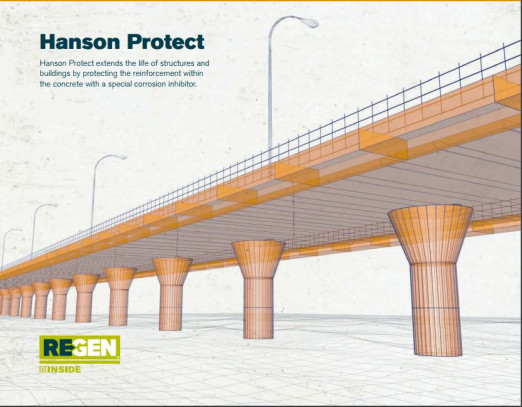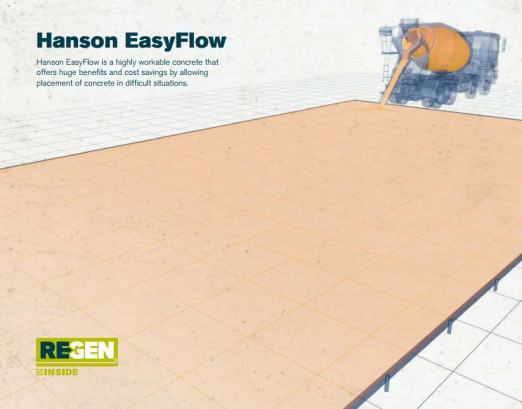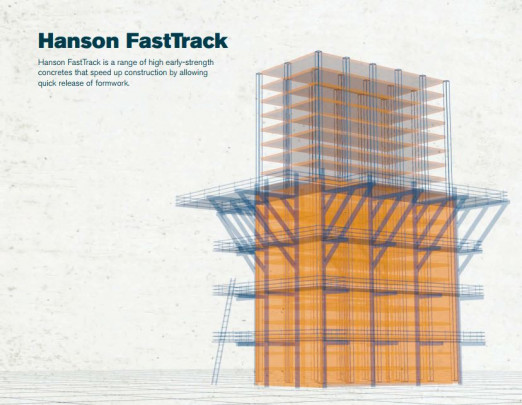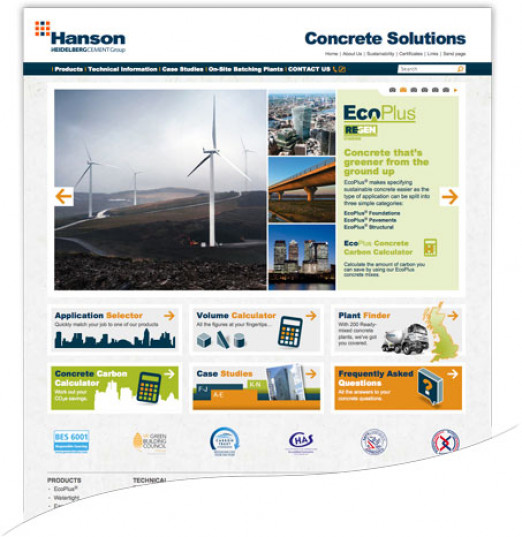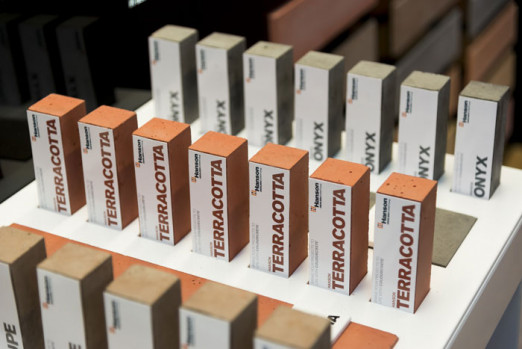The Enterprise Centre, at the entrance to the University of East Anglia campus in Norwich, was constructed by Morgan Sindall and is a hub for collaborative workspace, shared with students and start-up businesses.
The concrete mix was developed by C&H Quickmix who incorporated Regen ground granulated blastfurnace slag (GGBS) cement replacement, alongside other locally produced and sustainably sourced materials to realise the vision of making The Enterprise Centre- the greenest commercial building in the UK.
The ambitious construction targets were threefold: achieving Passivhaus status; securing a BREEAM Outstanding rating; and having one of the lowest embodied-carbon levels for a building of its size in the UK. Attaining any one of these is a challenge, but this project is the first time all three have been incorporated in one place.
Originally the building was designed to have a timber ground floor with its structural timber frame passing through this floor and supported on very small independent concrete pad foundations. This was in order to limit the use of concrete, which is traditionally very high in embodied carbon.
During early stage geo-technical investigation many sink holes and evidence of a glacial river bed were discovered, rendering this design concept unworkable. The timber floor was changed to a heavily reinforced high specification concrete raft foundation that would span the sink holes and resolve the unstable ground conditions.
The concrete was still able to meet the low carbon target for the project through its use of Regen GGBS, which was used to replace 70 per cent of the cement content. GGBS is a by-product of iron-making and its manufacture requires much less energy and produces around one tenth of the CO2 emissions of Portland cement. It also requires no mineral extraction and prevents thousands of tonnes of waste being disposed to landfill. As a result, the concrete used provided a 62 per cent saving of the embodied carbon of a comparable CEM I Portland cement mix. Furthermore, 25 per cent of the sand in the mixes was recycled in order to help procure the BREEAM point for use of recycled aggregates throughout the project.
To further reduce the embodied carbon of the building, the decision was made to dispense with all floor finishes on the ground floor and instead the concrete was polished to produce an attractive and hard-wearing solution.
Every material used to build The Enterprise Centre was chosen due to its minimal environmental impact and other innovations included: thatched cladding to the external walls manufactured off site in panel format, which is a world first; the heavy steel reinforcement within the raft comprised 98 per cent recycled content; 58 tonnes of newspaper was recycled to produce cellulose fibre insulation; and the timber was sourced locally from Thetford forest for structural use, rather than its normal use for fencing and pallet production.
“In every respect, this low carbon concrete has been a success,” said Ken Bassett, Morgan Sindall senior site manager for the project. “It has enabled the low carbon core objective of the project to be achieved, even in light of unexpected geological ground conditions that dictated a major change to the building’s design, and is an easily replicated legacy for others to use in pursuit of sustainable construction.”
Low carbon concrete incorporating Regen and recycled sand Volume supplied 1,320m3 CO2 savings This specialist concrete provided a 62 per cent saving of the embodied carbon of a comparable CEM I Portland cement mix Overview Hanson supplied Regen GGBS to C&H Quickmix to incorporate into the concrete used to create the raft foundation slab for the Enterprise Centre, one of the most sustainable buildings in Europe. The material was the perfect solution to overcome the discovery of multiple dissolution features (sink holes), which created unstable ground conditions at the site, and helped meet the project’s ambitious sustainability targets.

